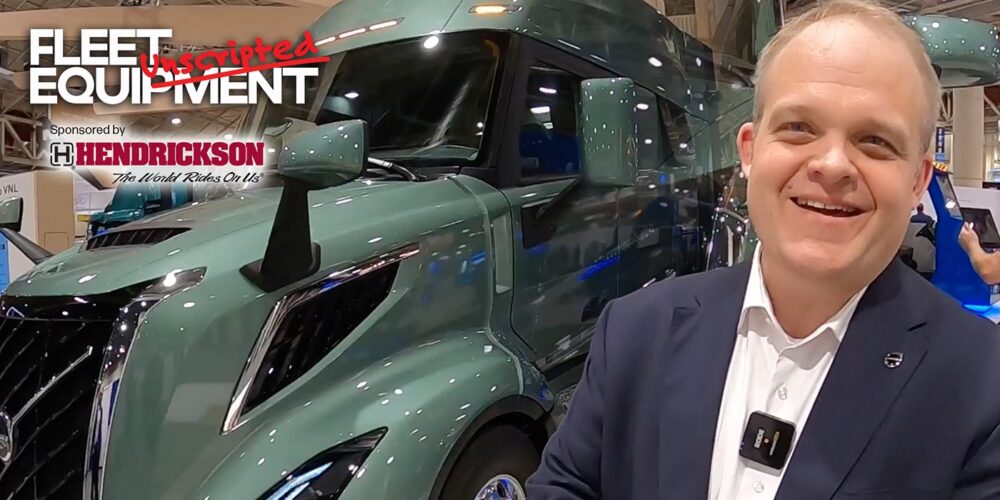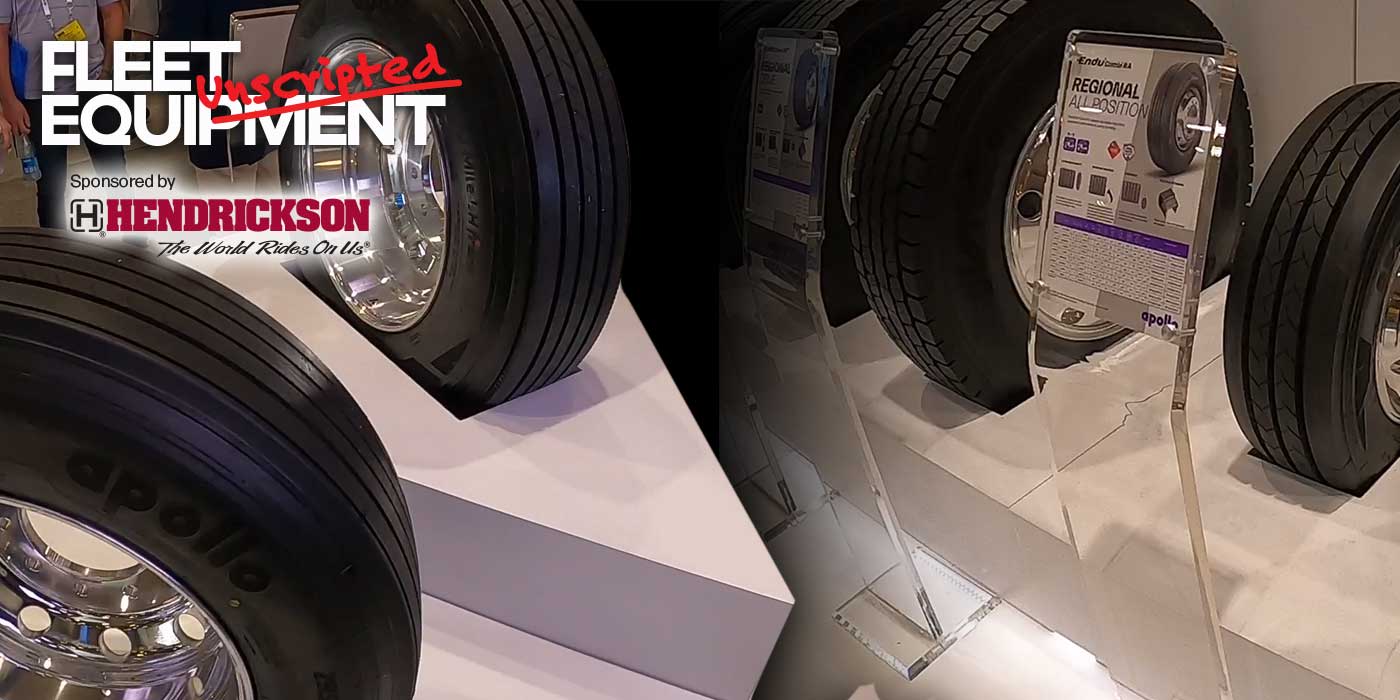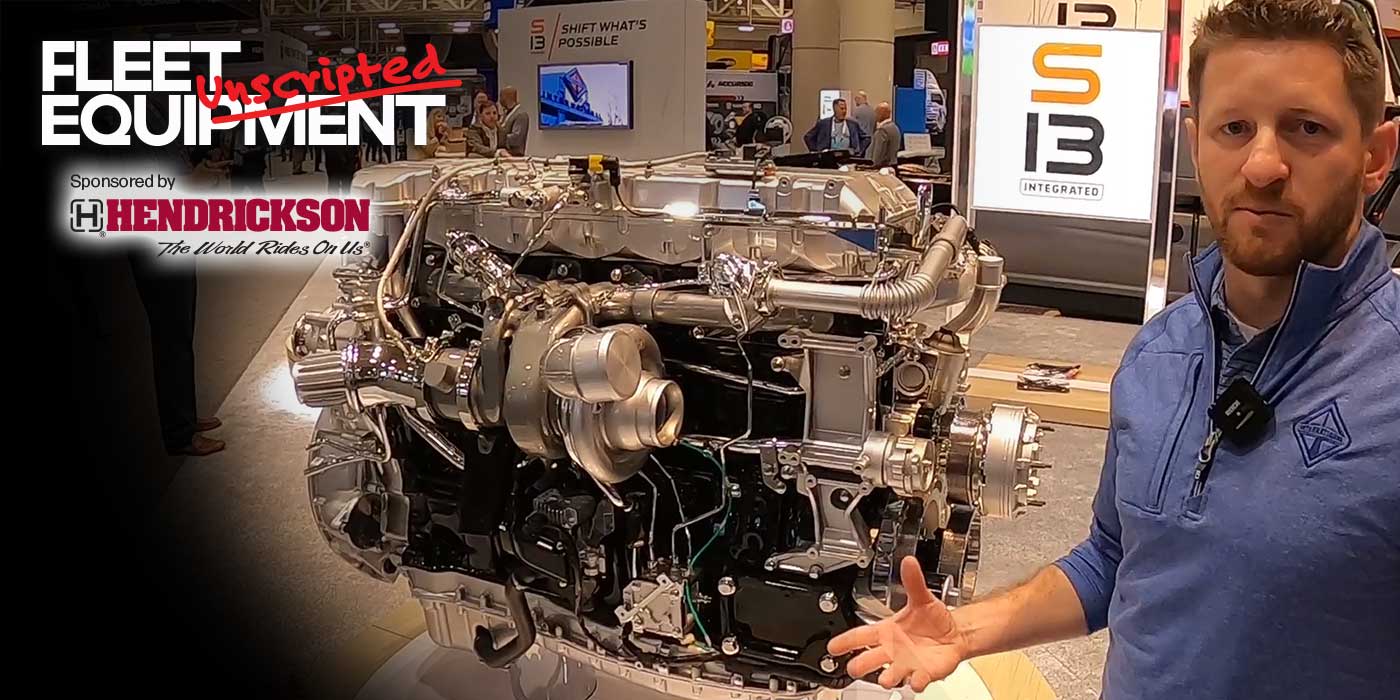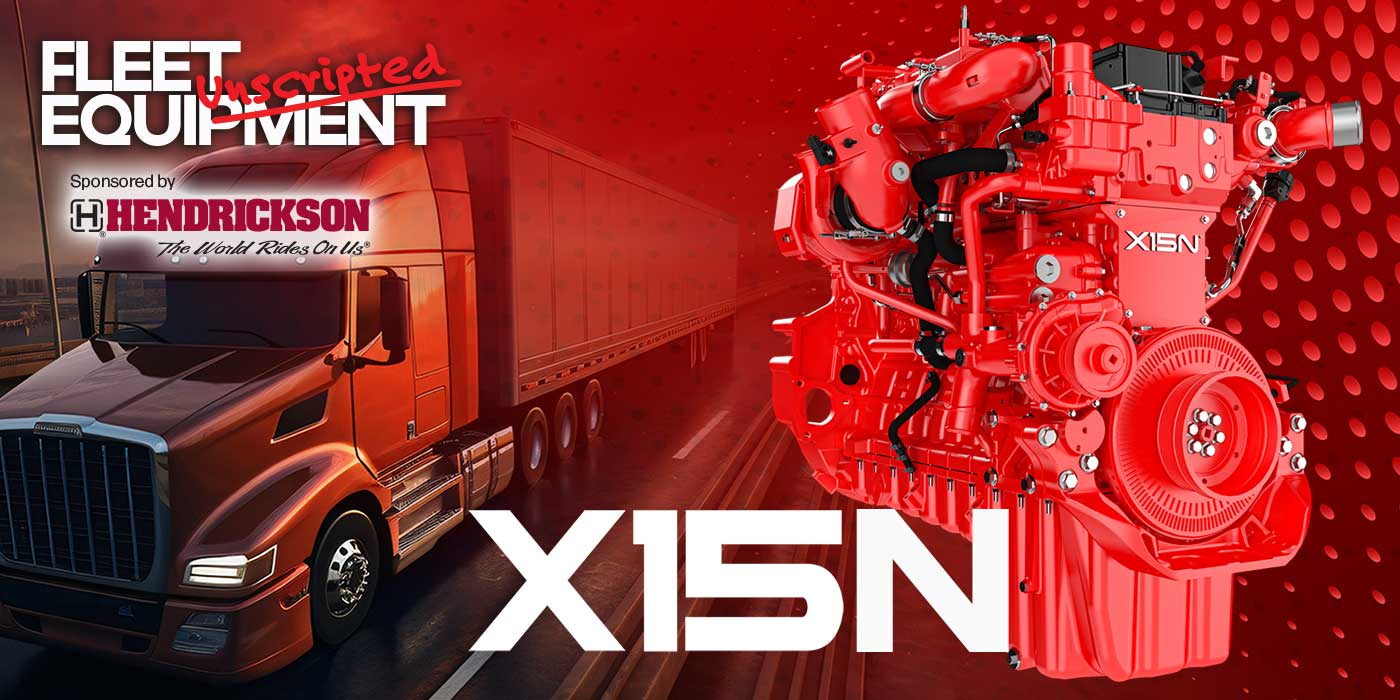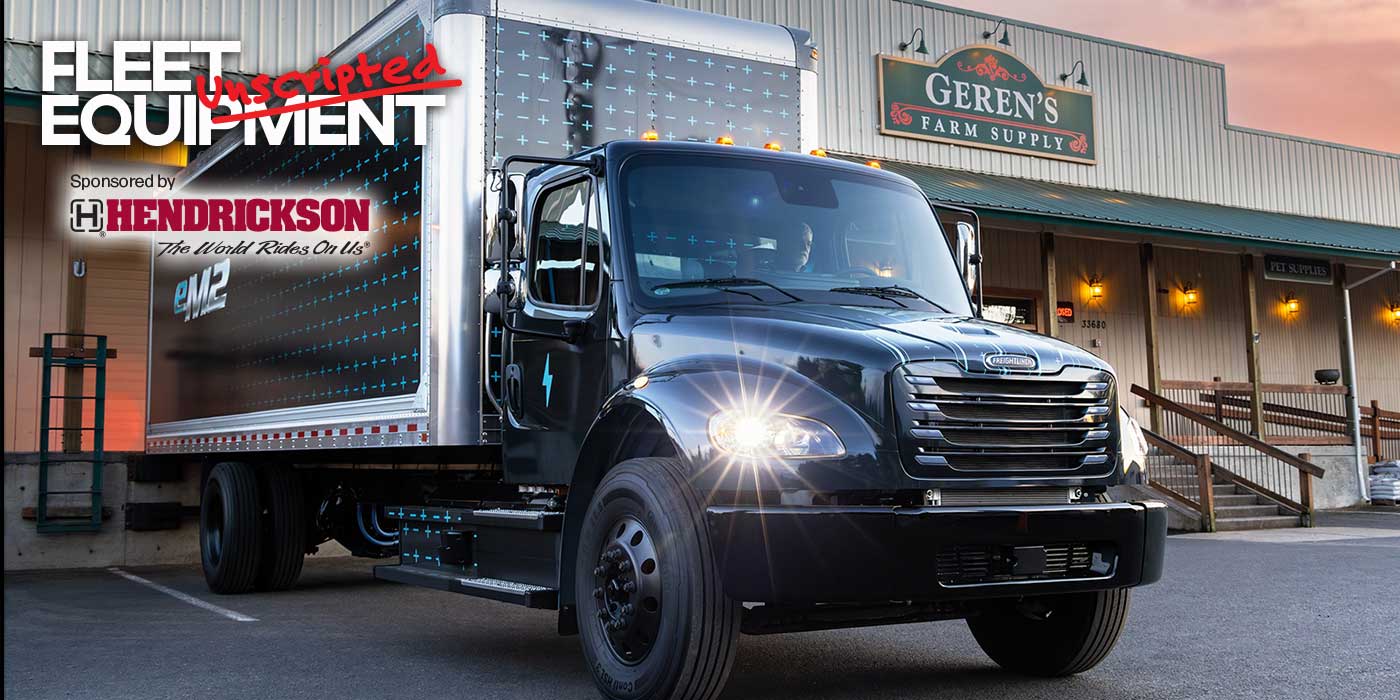For those interested or just getting started in planning zero-emissions vehicle strategy, developing electric truck charging infrastructure to support battery electric trucks is a challenge. In fact, with heavy-duty and (soon) medium-duty trucks available from a bevy of OEMs, it’s the biggest challenge. Yet, we can learn a lot from where battery electric vehicles are already running successfully.
For commercial applications, battery electric school bus is an apt comparison. The routes are predictable and short, similar to the applications Class 7 and 8 battery electric trucks would run, and you need plenty of space to charge a school bus, just like a truck. This sector’s journey from initial pilot projects to widespread adoption is not just a success story within the educational sphere; it serves as a potential blueprint for the adoption of EVs in the realm of trucking.
One of the key aspects of the electric school bus success is the development of a robust and effective charging infrastructure, supported by strategic funding mechanisms. Strategies such as coordinated utility engagement and managed charging, which have been crucial in the school bus sector, are adaptable to various commercial EV applications. For instance, a managed charging approach, which involves scheduling charging times to avoid peak electricity rates, can result in significant cost savings for commercial fleets, just as it does for school buses.
Long-term charging infrastructure planning is also paramount. After all, if you’re taking the time and spending the money to install infrastructure, you only want to dig once, and that means examining the compatibility between vehicles and charging infrastructure. It also means envisioning future needs and ensuring that today’s decisions can support to tomorrow’s growth.
In addition to the technical aspects, the transition to electric school buses has been significantly supported by various funding sources, including federal and state-level programs. This aspect of the transition holds important lessons for the trucking industry, particularly in understanding and leveraging available funding opportunities. For instance, programs like the HVIP Public School Bus Set-Aside and Energiize have facilitated the pairing of electric vehicles with appropriate charging infrastructure.
Amanda Le, lead project manager, Energiize, and Ian Fried, Lead Project Manager, Calstart, sat down to share what they have learned in rolling out electric school bus charging infrastructure and dive into the details of aspects like leveraging funding models that can be replicated in the trucking industry to move toward greater EV adoption. Watch the video for all of their insight.





